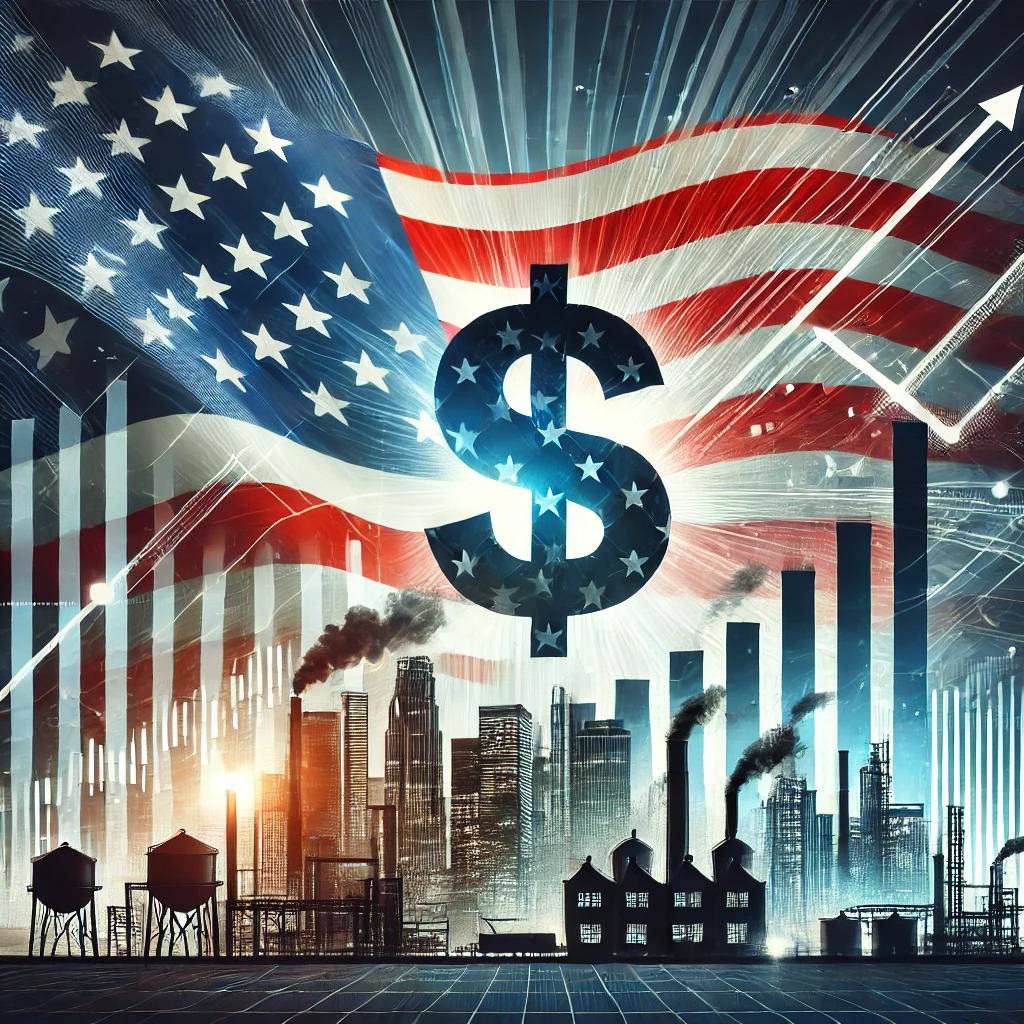TotalEnergies' Antwerp Platform: Pioneering the Energy Transition in Europe
The TotalEnergies Antwerp Platform, a cornerstone of European energy infrastructure for over seven decades, is undergoing a radical transformation to address the twin challenges of decarbonization and shifting market dynamics. As Europe tightens its climate regulations under policies like the Renewable Energy Directive (RED III), TotalEnergies is reconfiguring its sprawling industrial site into a hub for green hydrogen, sustainable aviation fuel (SAF), and advanced recycling. These moves not only align with regulatory mandates but also position the company to capitalize on emerging demand for low-carbon energy solutions.
Green Hydrogen: A linchpin for industrial decarbonization
At the heart of Antwerp’s evolution is a $2.3 billion joint venture with Air Liquide to build one of Europe’s largest green hydrogen facilities. By late 2027, a 130 MW electrolyzer—powered by electricity from TotalEnergies’ OranjeWind offshore wind farm—will produce 15,000 tons of green hydrogen annually. This hydrogen will replace fossil-based feedstocks in refining and petrochemical processes, slashing CO₂ emissions by an estimated 150,000 tons per year.

The project exemplifies TotalEnergies’ strategy to leverage its existing infrastructure. The OranjeWind project’s 480 MW capacity ensures a steady supply of green power, while the electrolyzer’s modular design allows future expansion to 200 MW. Analysts note that green hydrogen’s scalability hinges on such integrated projects, with expected to surge as costs decline.
Sustainable Aviation Fuel: A lifeline for aviation’s decarbonization
Antwerp’s second major initiative—a 50,000-ton-per-year SAF plant—will begin operations in 2025, using coprocessing technology to blend conventional hydrocarbons with biomass-derived feedstocks. Unlike standalone SAF facilities, coprocessing avoids the need for costly new infrastructure, reducing capital expenditures by up to 40%.
This is critical as airlines face EU mandates to source 2% of fuel from sustainable sources by 2025, rising to 5% by 2030. TotalEnergies’ SAF output alone could meet nearly 10% of Belgium’s aviation sector’s annual demand. The project’s success will depend on feedstock availability and , which remain a key barrier to broader adoption.
Battery Storage: Stabilizing grids in the renewables era
To address grid instability caused by intermittent wind and solar power, TotalEnergies has deployed a 25 MW battery storage system at Antwerp—the largest in Europe—since late 2023. By 2025, a second 75 MWh battery at Feluy will further bolster grid resilience. These systems not only balance supply and demand but also create revenue streams through frequency regulation services.
The expansion underscores the growing role of energy storage in bridging the gap between renewable generation and industrial demand.
Petrochemicals Reconfiguration: Navigating a changing market landscape
While investing in renewables, TotalEnergies is also adapting its traditional operations. The planned shutdown of Antwerp’s oldest steam cracker by late 2027 reflects broader industry trends: overcapacity in European petrochemicals has driven consolidation, with aging facilities increasingly uneconomic compared to newer, integrated complexes.
The mothballed unit—responsible for 10% of Antwerp’s ethylene output—will be replaced by a newer cracker fully integrated with downstream production. This shift reduces reliance on third-party feedstock contracts and improves operational efficiency. Crucially, the 253 affected workers will transition to other roles, avoiding layoffs. Such workforce retraining programs are a strategic move to maintain employee morale and community trust—a key ESG metric for investors.
Sustainability at Scale: Water, waste, and circularity
Beyond energy production, TotalEnergies is addressing systemic resource challenges. A 2026 project will cut freshwater withdrawals by 65% (9 million cubic meters annually) by recycling treated municipal wastewater—a collaboration with Belgium’s Blue Deal program. Meanwhile, pyrolysis-derived oil from France’s Grandpuits plant will enable the production of circular polymers, contributing to TotalEnergies’ goal of 1 million tons of recycled plastics by 2030.
Conclusion: A strategic bet on Europe’s energy future
TotalEnergies’ Antwerp Platform exemplifies a comprehensive transition strategy, blending decarbonization with operational resilience. The $2.3 billion electrolyzer and 50,000-ton SAF plant alone represent over €3 billion in capital expenditures, underscoring management’s confidence in long-term demand for low-carbon energy.
The numbers speak to the scale of ambition:
- Green hydrogen: 15,000 tons annually by 2027, offsetting 150,000 tons of CO₂
- SAF: 50,000 tons/year, addressing 10% of Belgium’s aviation demand
- Circular polymers: 1 million tons/year target by 2030
- Workforce: 253 employees retrained, no layoffs
These projects align with Europe’s regulatory trajectory, where RED III mandates 42.5% renewable energy by 2030. For investors, the risks include feedstock volatility for SAF and hydrogen, as well as the need for sustained policy support. However, TotalEnergies’ integrated approach—leveraging existing infrastructure, workforce expertise, and regional partnerships—creates a defensible competitive advantage.
In a sector where ESG performance increasingly drives valuation multiples, Antwerp’s evolution signals a company determined to lead, not follow, in the energy transition. As
Name |
|---|
| TotalEnergiesTTE |
| ChevronCVX |
| Exxon MobilXOM |
| EOG ResourcesEOG |










